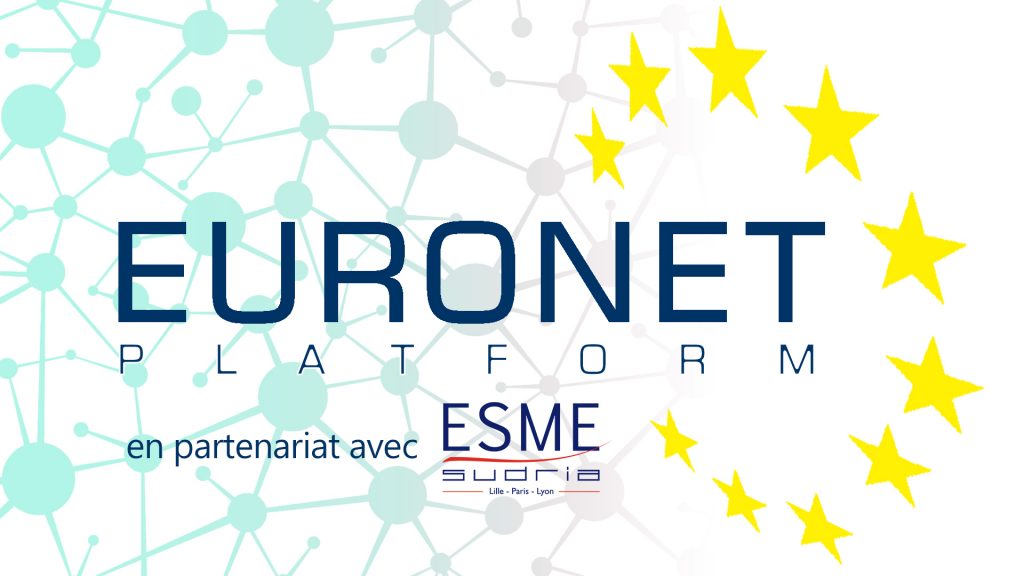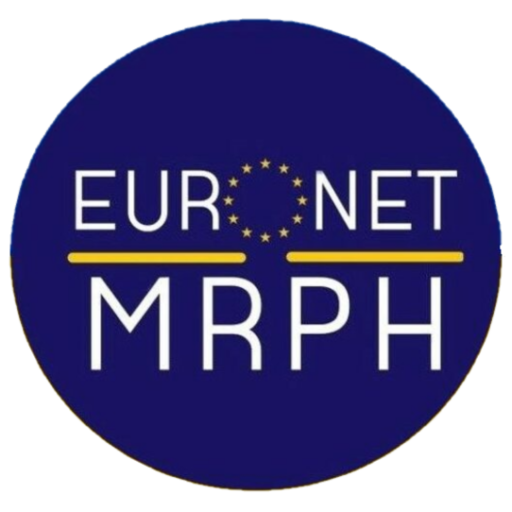
The crowdfunding campaign to support the Platform Project is online and it will last until the end of the month of March.
The Platform is a unique network for European medical residents who have an interest in Public Health and want to create or participate to research projects.
By the means of the Platform, medical residents and trainees will be able to find or create work teams to develop their ideas. It is a great opportunity to let ideas come out and grow and to give free voice to young scientists.
You do not need to be a Public Health specialist or resident physician to want to get involved and support the campaign!
Even a little help means a lot for us and for this project!
Please, donate here: Wellfundr page.
Thank you!








